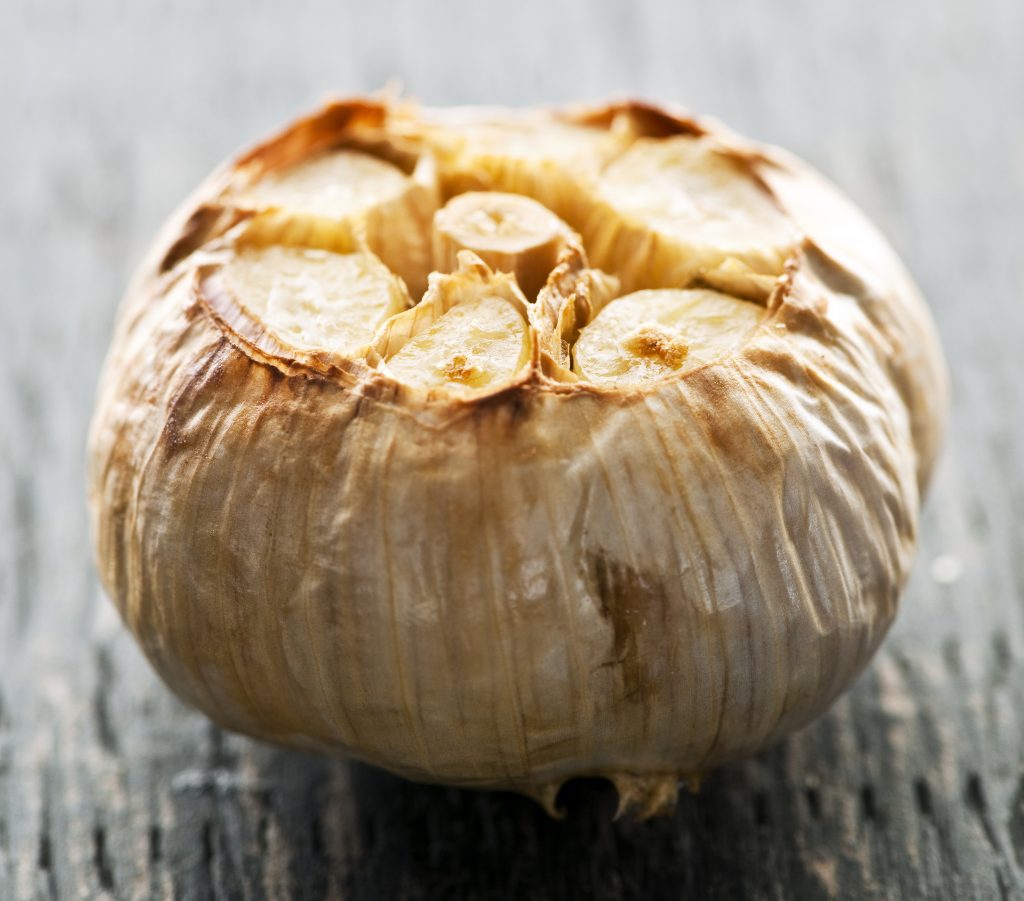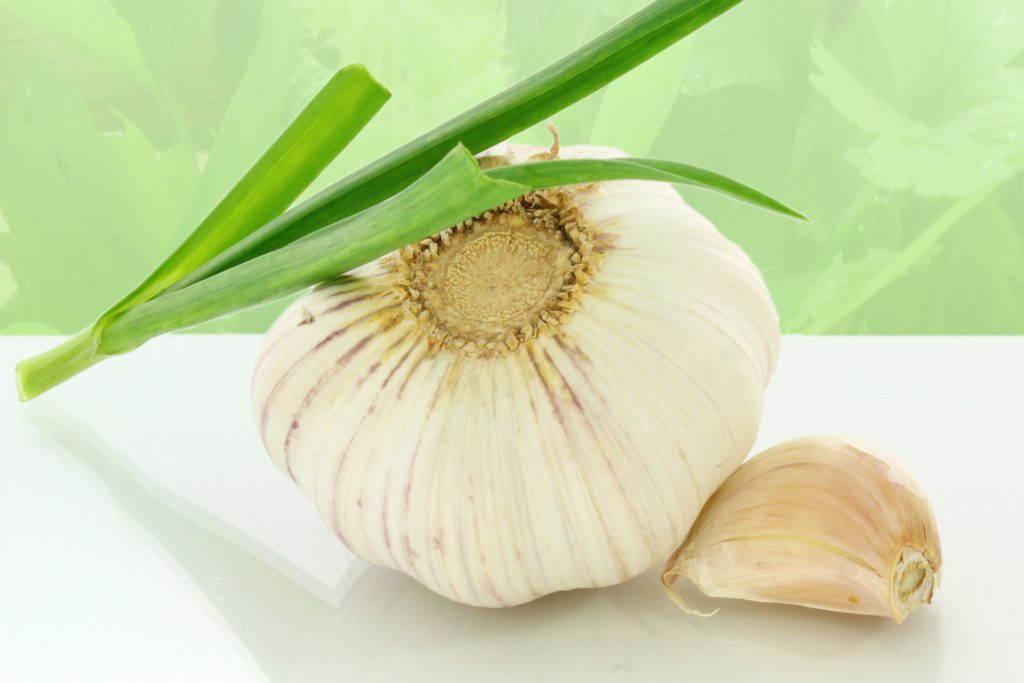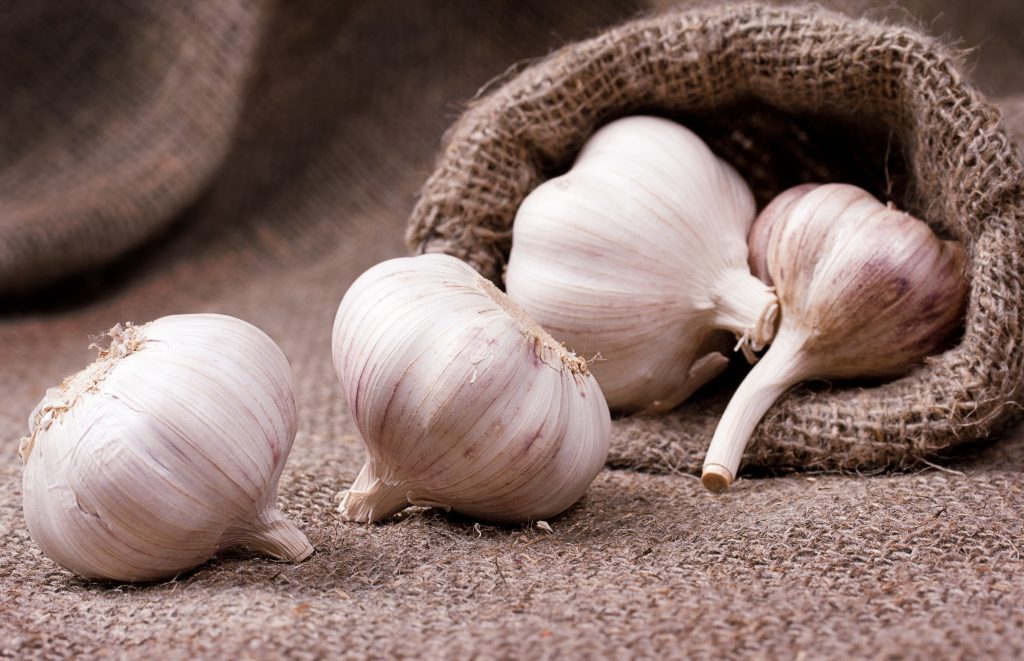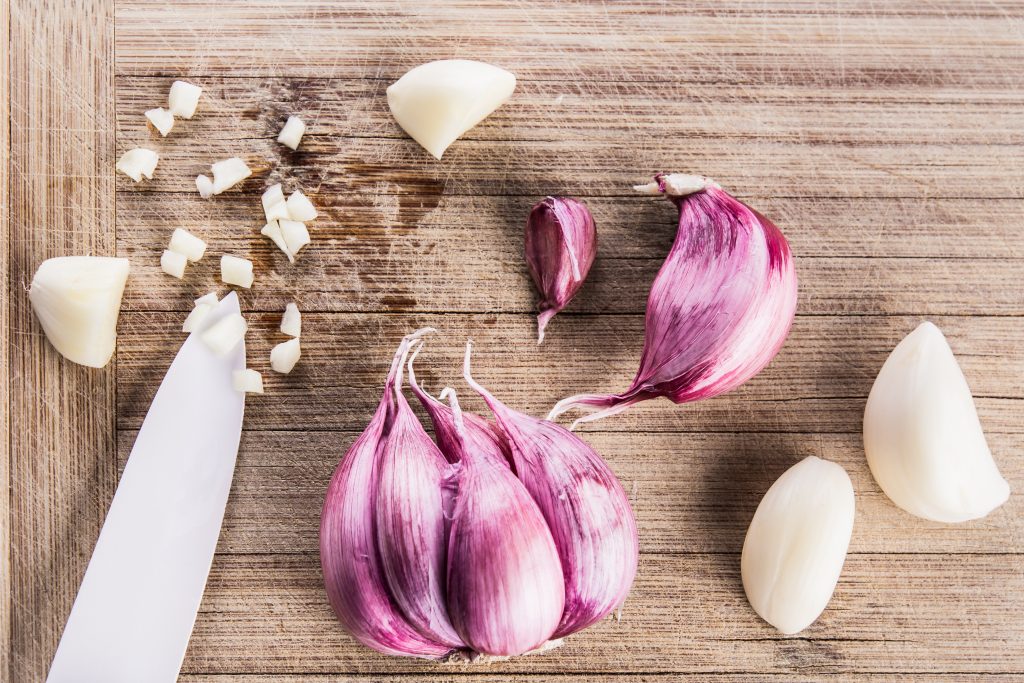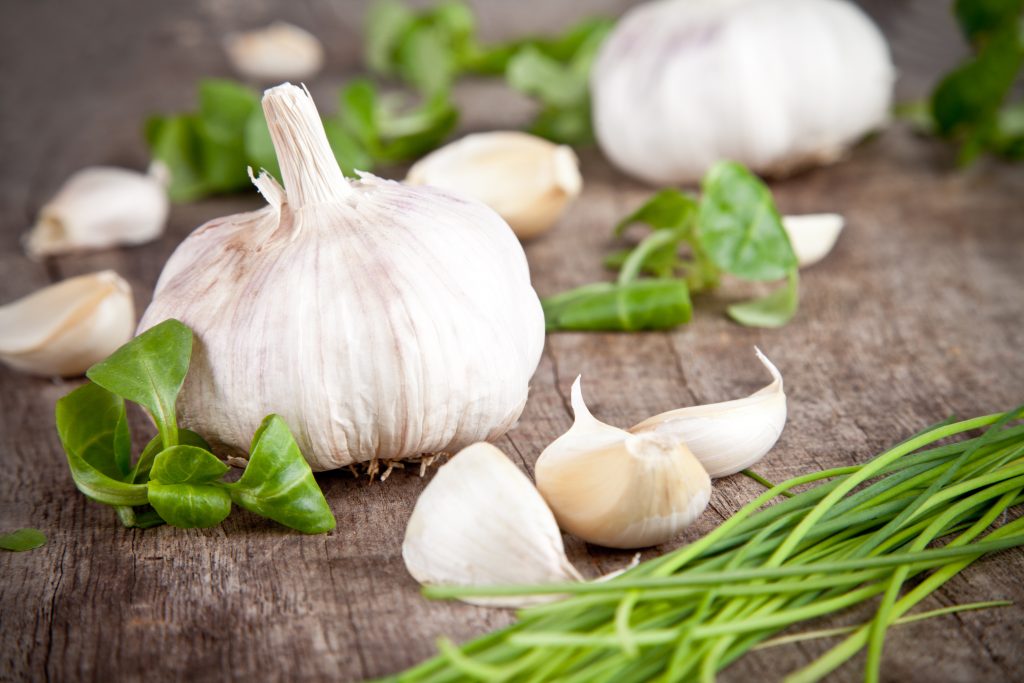
You may have heard some terms thrown around describing certain garlic varieties but what do they mean? Below we’ll give you a brief description of what Hardneck and Softneck really mean in the garlic world.
Hardneck Garlic:
- Hardneck garlic has fewer cloves per bud than the softneck varieties.
- They will produce a flower stalk, or scape, that will need to be removed once the plant forms.
- The cloves are larger than softneck varieties.
- These varieties will store well for only a few months, so use them sooner than later.
- Grow hardneck varieties in regions where there is extended cooler weather.
Softneck Garlic:
- Softneck garlic has more cloves per bud than hardneck varieties.
- They will not produce a hard flowering stalk, which makes it a great choice for braiding.
- The cloves are smaller than hardneck varieties.
- These varieties can easily be stored for up to 9 months.
- Grow softneck varieties in regions where winters are mild.
Regardless of which variety you think will suit you best, it’s time to start dropping your fall garlic! Garlic can be planted in the spring as soon as the ground can be worked, but fall planting is recommended. Bulbs will grow bigger and more flavorful when you plant them in the fall. Plant 6 to 8 weeks before your first hard frost. In southern areas, February or March can be a better time to plant. Most people generally plant garlic somewhere between October-February.
Key Planting Info:
- Break apart cloves from bulb but keep the papery husk on each individual clove.
- Ensure soil is well-drained with plenty of organic matter. Plant in Full Sun.
- Plant 4 inches apart & 2 inches deep, in their upright position (the wide end down and pointed end facing up).
- Come springtime, shoots will begin to emerge.
How to Take Care of Garlic
- Northern states should mulch with straw for overwintering. Remove mulch in the spring after the threat of frost is over. (Young shoots can’t survive in temps below 20°F on their own. Keep them undercover.)
- Cut off any flowering shoots that come up in the springtime. They will decrease the size of the bulb.
- Fertilize with nitrogen, especially if you see yellowing leaves.
- Water once every 3-5 days during bulb-ing (mid-May through June).
When and How to Harvest
- You’ll know it’s time to harvest your garlic when the tops are yellow and they begin to fall over. Harvest the garlic before the tops are completely dry.
- Gently lift the bulbs with a spade or garden fork. When you remove them from the soil, carefully brush off the soil and let them cure in an airy, shady spot for two weeks. Try hanging them upside down on a string. The key to curing them is making sure that they have good air circulation.
How to Store Garlic
- Your garlic will be ready to store when the wrappers are dry and papery and the roots are also very dry. The head of the root should be hard and the cloves should come apart easily.
- Remote all dirt, roots & leaves. Keep the papery wrapper on—but remove any dirty parts.
- Bulbs should be stored in a cool (40 degrees F), dark, dry place, for several months.
- The flavor of your garlic will increase as your bulbs are curing and drying.
Here’s a fact: Your cured garlic can keep well in storage for AT LEAST 6 months, up to an ENTIRE YEAR! Store it in a place with good air circulation, 65-70% humidity, and temps. around 35-50 degrees F.
Ready to SHOP Hardneck AND Softneck Garlic?! Click here!
